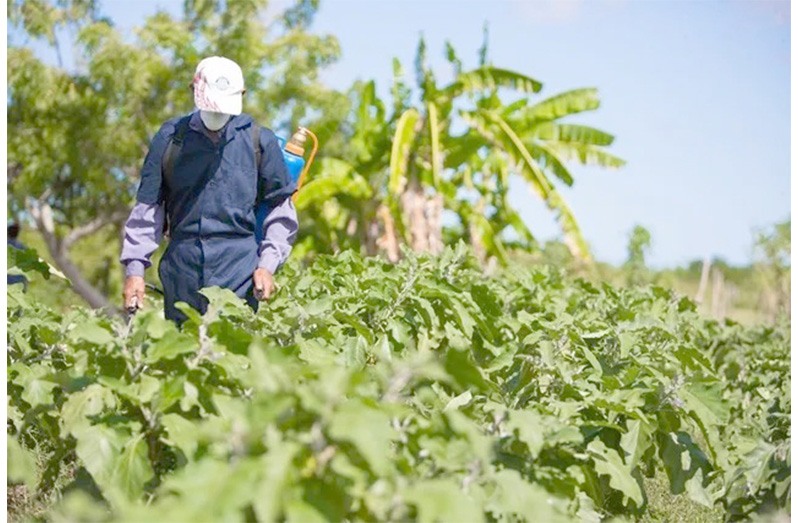
Guyana has impressively exceeded its agricultural production goals, reaching about 88% of its targets a year early. This achievement is significant as CARICOM nations strive to reduce their food import expenditures by 25% by 2030.
A recent communiqué from the Ministry of Agriculture outlines the policy measures, data trends, and production outcomes that led to this notable success. Richard Blair, the advisor on CARICOM Agri-food systems, highlighted that Guyana’s performance has notably surpassed regional averages.
In 2022, the country produced close to 899,000 metric tonnes of food, a figure projected to rise to 1.26 million metric tonnes by the end of 2024. This remarkable increase is attributed to substantial gains in rice, shrimp production—which saw an astonishing increase of over 1,000%—as well as corn, soy, and prawns.
Blair asserts that these advancements are the result of deliberate policy decisions aimed at enhancing food production between 2024 and 2025. He emphasizes that these outcomes stem from strategic supply-side interventions focused on improving infrastructure, technology, and policy reforms.
While Guyana has made significant strides, Blair reminds us that challenges remain, particularly global factors that have caused food prices to rise. The extension of CARICOM’s 25% reduction goal to 2030 indicates a renewed focus on achieving solid production targets rather than merely considering nominal reductions in import bills.
Source: guyanachronicle.com





